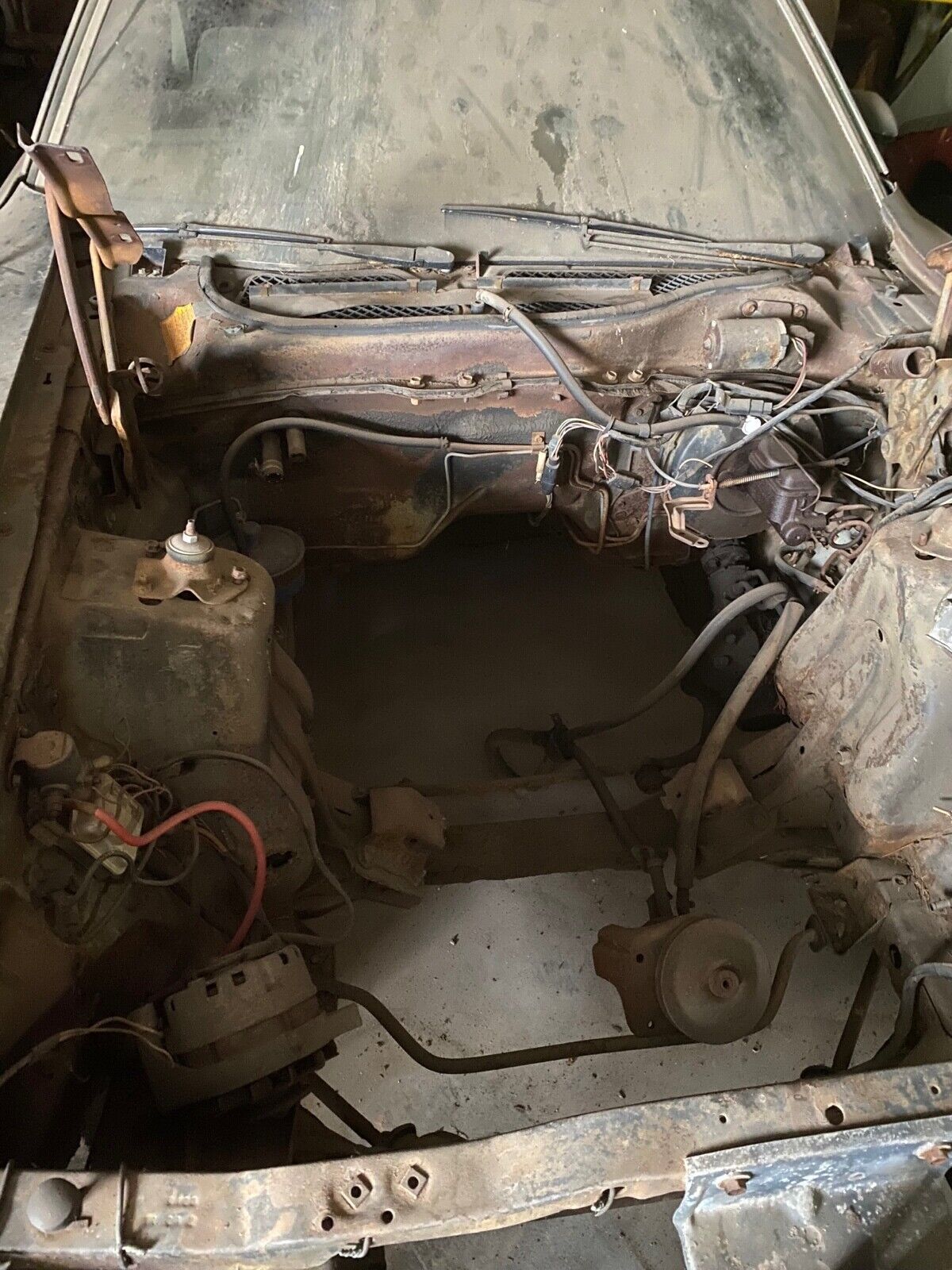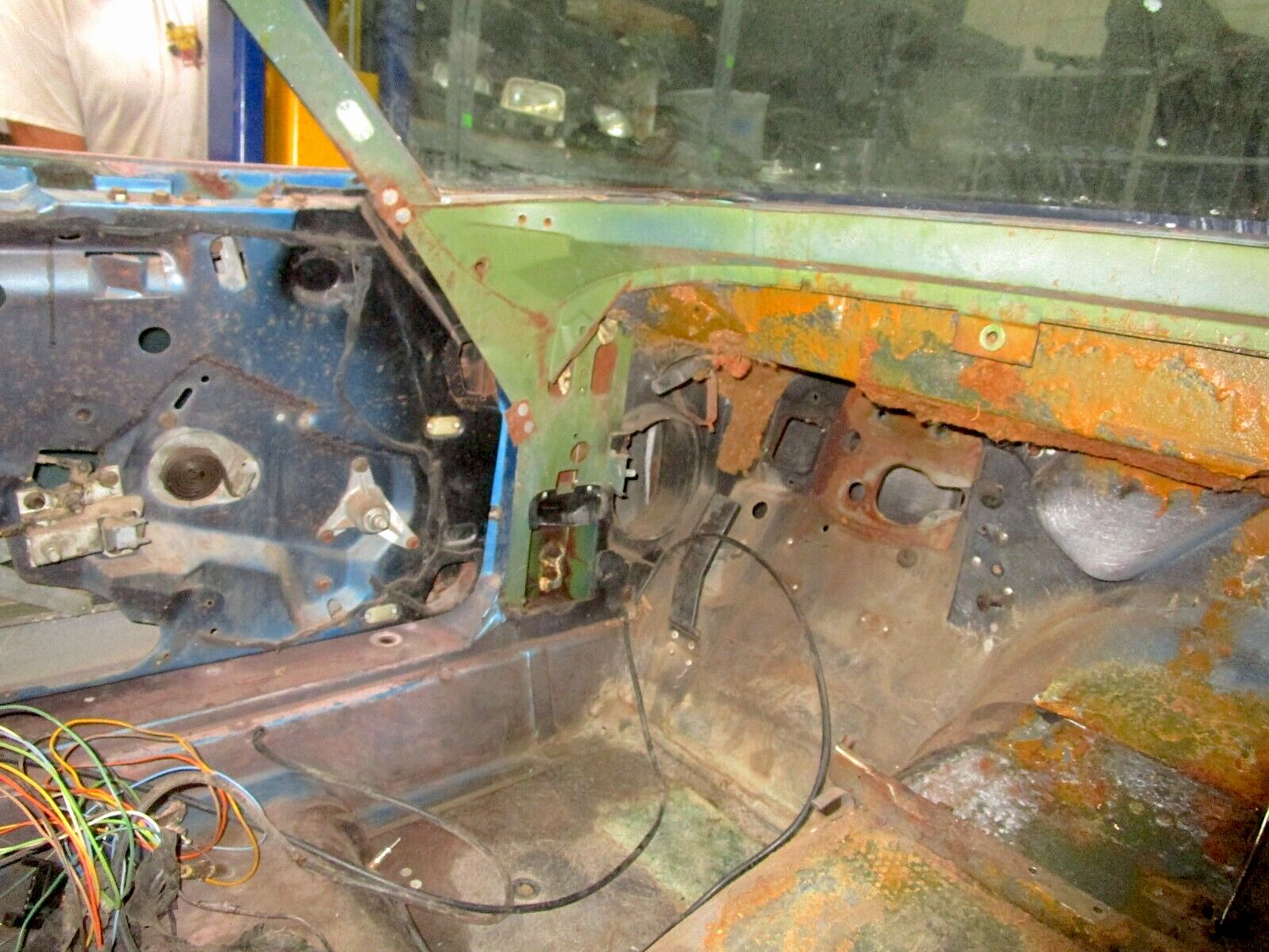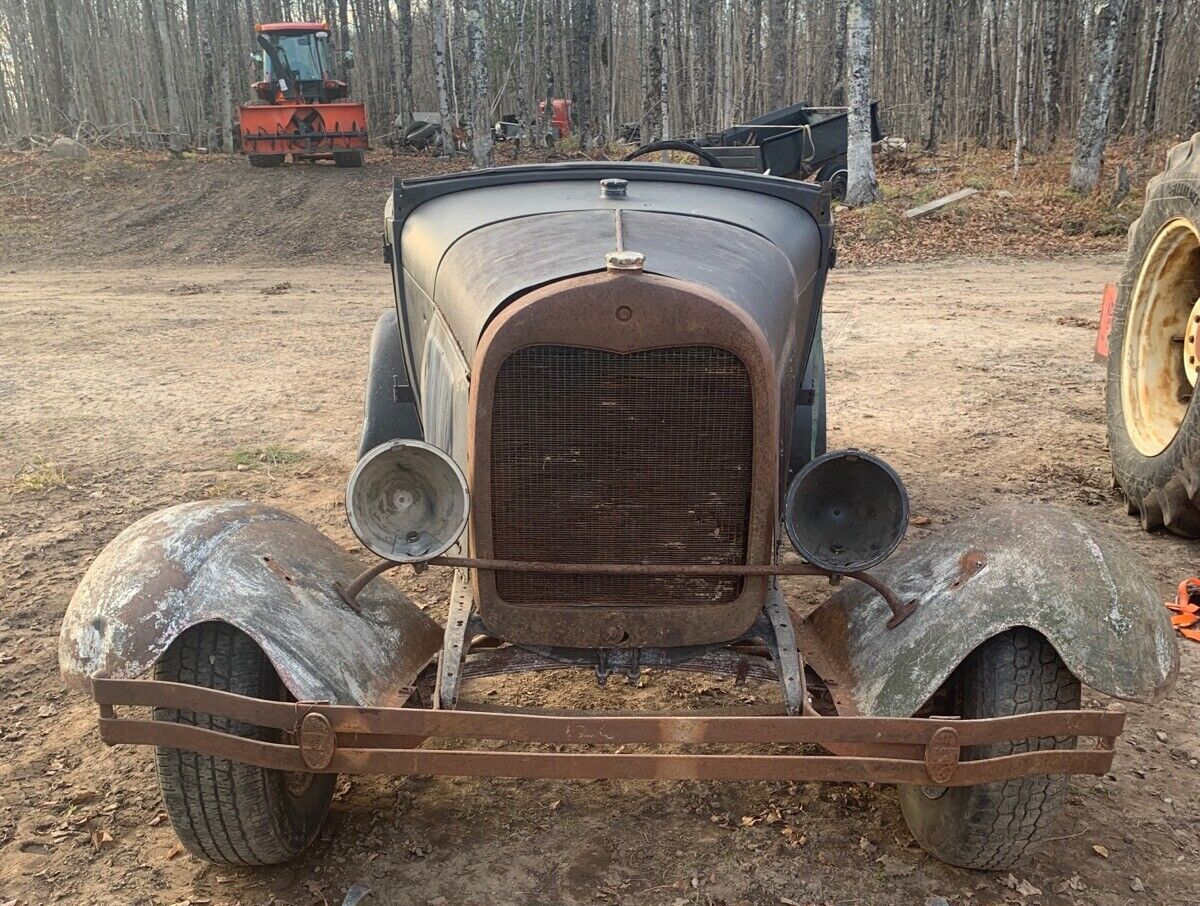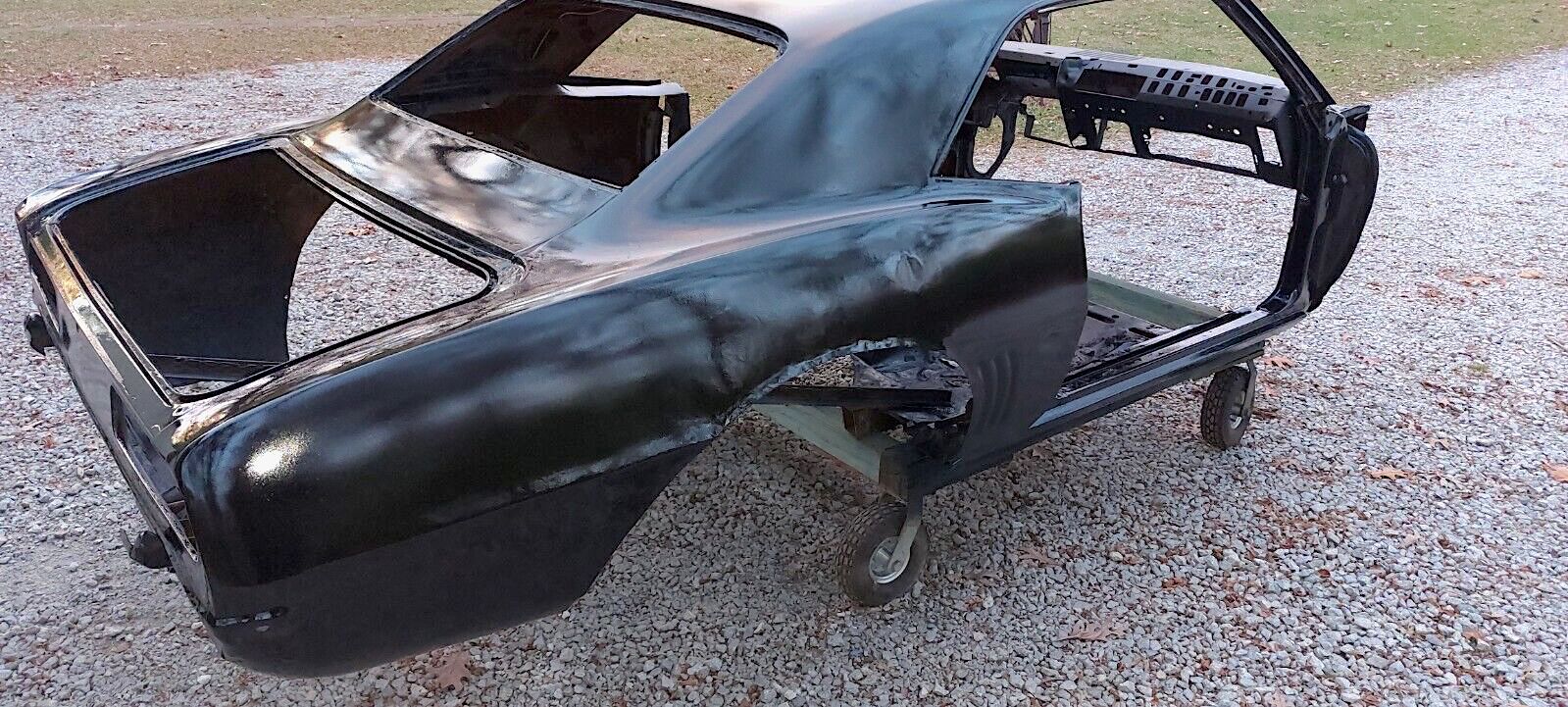Contents
Every car restoration project starts with high expectations and a vision of your beautiful ride rolling down the street. But sometimes, life gets in the way. Any number of obstacles—time constraints, financial snags, or personal circumstances—can force the difficult decision to hit the pause button.
No matter the reason, putting a car project on hold doesn’t have to be the end of the world. Instead, follow these steps to make it easier to take a needed break and resume the creation of your dream machine in the future.
Assess the Situation
Before you throw in the shop towel, carefully consider your car’s current status. If that plush custom interior is not in the cards, could you make do with the existing upholstery? A new powerful crate engine might be beyond reach right now, but the current mill still gets the job done.
Don’t let inflated expectations prevent you from enjoying what you have today. Others will still enjoy a work in progress. Or perhaps it’s the right time to sell a project car as-is and let another builder have their turn. Pocket the money and plan for the future.
Tighten Pieces
If your project is well underway, you probably have been test-fitting parts and pieces. However, when you resume your project, you might not remember which pieces are tightened to the manufacturer’s torque settings and which ones will rattle on your eventual maiden voyage. When you make the decision to pause the project, it’s time to tighten down components or remove them.
Document and Label Everything
If you’re shuttering a project, it’s imperative to write down what you’ve accomplished and what remains to be done. As cobwebs form on your relic (and inside your mind), it’s easy to forget the details. You don’t want to find out later that the wiring for the rear taillights was soldered and tested, but they were never attached to those new-old stock lights.
You probably also have a handful of parts not yet installed on the project car. Take detailed notes about those parts and label the relevant boxes. When you re-start the project, having an inventory of parts and their location will save a ton of time.
Check Fluids
If your car will be idle for weeks or months, we recommend draining critical fluids. Old coolant might not survive storage through a frigid winter and gasoline could turn to mush. If you are sure your project will resume in a few months, you might add a fuel stabilizer to the gasoline.
Regardless, it’s a good idea to remove the battery or put a trickle charger on it. Pull the spark plugs and squirt motor oil down the cylinders to make sure the pistons don’t seize during long-term storage.
Read this: Get Your Classic Car Ready for Winter.
Continue Researching and Planning
Your car project might be on hold, but that doesn’t mean you can’t do some work. A lull in hands-on activity can be the ideal opportunity to check out parts catalogs and eBay listings. The most desirable hard-to-find parts might not be available all the time. But making a list of what you need and keeping an eye on what becomes available allows you to be more selective or to find a good deal. We’ve found that continually reading new material on what you can do to your project will help inspire you to actually start working on it once again.
Nobody likes having to stop midway on a project but thinking ahead will make it easier to resume when the time is right.










